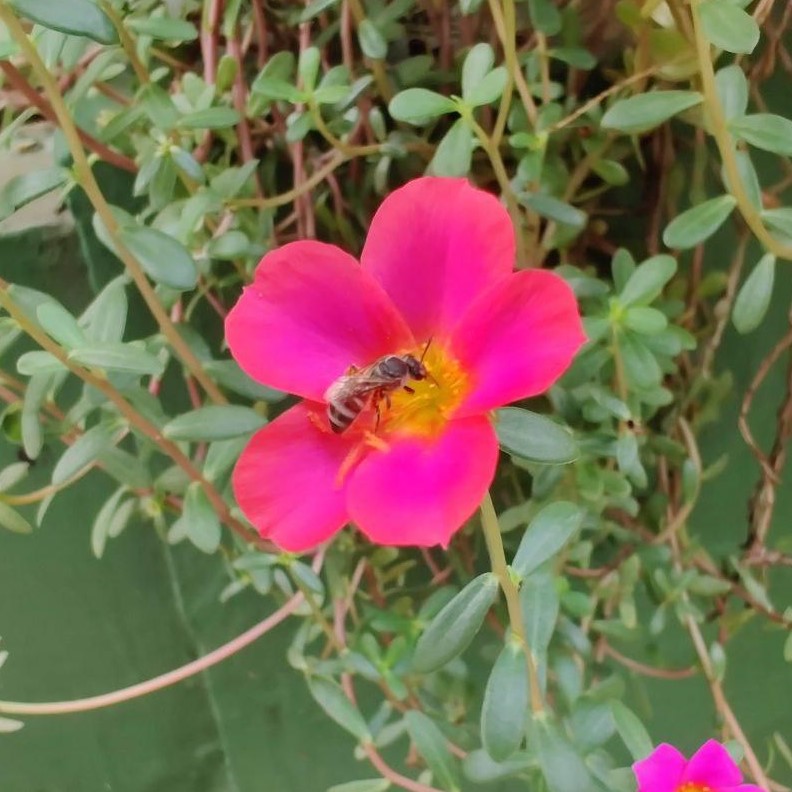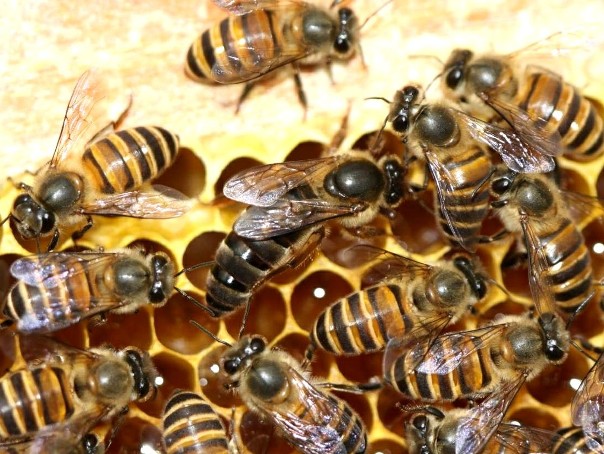On this World Bee Day, we ask: why are bees so fascinating?
Is it their honey or their hive, or is it because they can jive?
USGS
On this day nearly three centuries ago, Anton Jansa was born into a family of Slovene beekeepers. He joined the family business and went on to revolutionize beekeeping. To celebrate his contributions and the insects he spent his life studying, May 20th is designated as “World Bee Day.” But the day is also about much more than just that.
Every time you eat a bowl of vegetables or fruit, chances are you have a bee to thank for it. 35% of the world’s food crops depend on pollinators like honey bees, bumblebees, stingless bees, butterflies, hummingbirds, wasps and many others. Despite being so valuable, they face unprecedented extinction rates from human actions. Something that each of us can do to combat this is to not only educate others on the contributions of pollinators, but to shed light on how incredibly cool they are.

Apis florea pollinating flower
Ebi Antony George
In that spirit, let me tell you a few things about honey bees that will leave you amazed.
Honey bees have one of most unique communication systems. When a bee finds a nice, juicy flower patch, it tells its nest mates by doing a waggle dance. This dance relays the location (direction and distance) and perceived quality of the nectar source. Varying dialects of the waggle dance are used by different honey bee species to accommodate for different foraging ranges, likely dependent on food availability in their environment.

Apis cerana queen
Wikimedia
Honeybees, as well as a few other species, also have a distinctive way of reproducing called "haplodiploidy". Male drones develop from unfertilized eggs and female workers from fertilized ones, and one queen lays all of them. But in one sub-species called Apis mellifera capensis, the workers also lay unfertilized eggs, which develop into daughters. Years after its description, scientists recently discovered the gene responsible for biological anomaly.
All of this only scratches the surface of honey bee biology and comes from decades of research. Unfortunately, studies on other bees are grossly lacking. But with pollinator populations dwindling, it’s crucial that we learn as much about them as possible to come up with better solutions for their conservation.





















